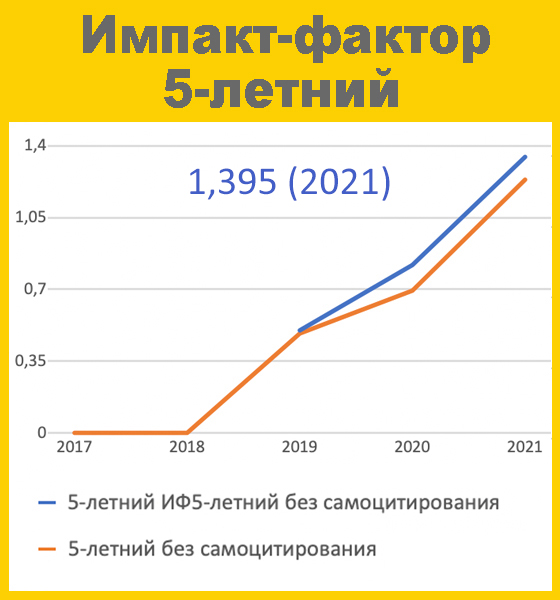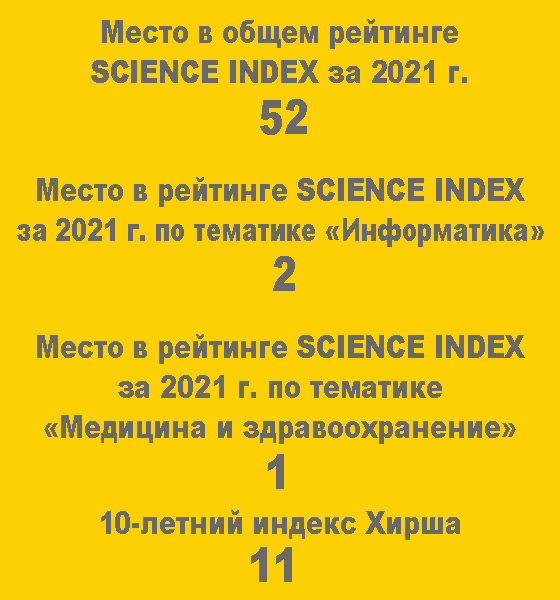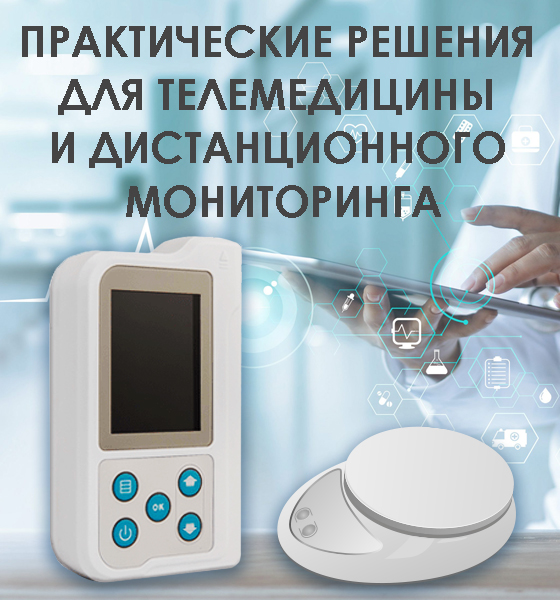Audiology measurement using telemedical solution in central Asia
Tomaszewska-Hert I. 1,2, Skarzynski P.H. 1-4, Ludwikowski M. 1, Kermalieva B.5, Beisheeva C.2,5
- 1 Institute of Physiology and Pathology of Hearing,
- 2 Centre of Hearing and Speech Medincus,
- 3 Institute of Sensory Organs, Kajetany
- 4 Medical University of Warsaw, Warsaw, Poland
- 5 The Centre of Hearing and Speech Medincus in Bishkek, Bishkek, Kyrgyzstan
 1818
1818 Nowadays, the telemetry mediated systems tend to be an alternative to the standard measurement systems. With the decreasing cost of electronic devices, the use telemetry systems is becoming more and more common, as it allows to test remotely and to send the results to the specialised centres with experienced staff. Healthcare personnel involved with hearing services in less modern locations need consistent training, oversight and feedback by audiologists in order to provide quality services. The aim of the study is to present usage of telemedical tools for diagnosis between Poland and Kyrgyzstan. A hybrid synchronous and asynchronous model of testing is used in Kyrgyzstan. Before starting the remote Auditory Brainstem Response (ABR) testing Kyrgyz technicians completed comprehensive training courses. They were instructed on the correct patient preparation for testing, abrasions of the skin, electrode sticking, clip attaching, and launching of the appropriate software. Support documentation was prepared; instructional materials including a brochure and instructional video. The equipment was sent to the centre in Kyrgyzstan. At the beginning of the project we made numerous mock examinations, after that we started the remote Kyrgyz-Polish testing. The whole process was performed with the use of the Team Viewer application (a proprietary computer software package for remote control, desktop sharing, online meetings, web conferencing and file transfer between computers). During the process, the testing room can be seen on the video and we can speak with the technician depending on our Russian speaking personnel. After the test, the results are collected and sent to a specialist in Poland to determine the result. The documents are then translated and sent to Kyrgyzstan. Up to 20 remote examinations can be performed weekly. This technology assists clinicians by making it easier for them to consult with other more experienced audiologists.
Conflict of interest. The author declare no conflict of interest
| Attachment | Size |
|---|---|
| Download | 183.98 KB |
















































